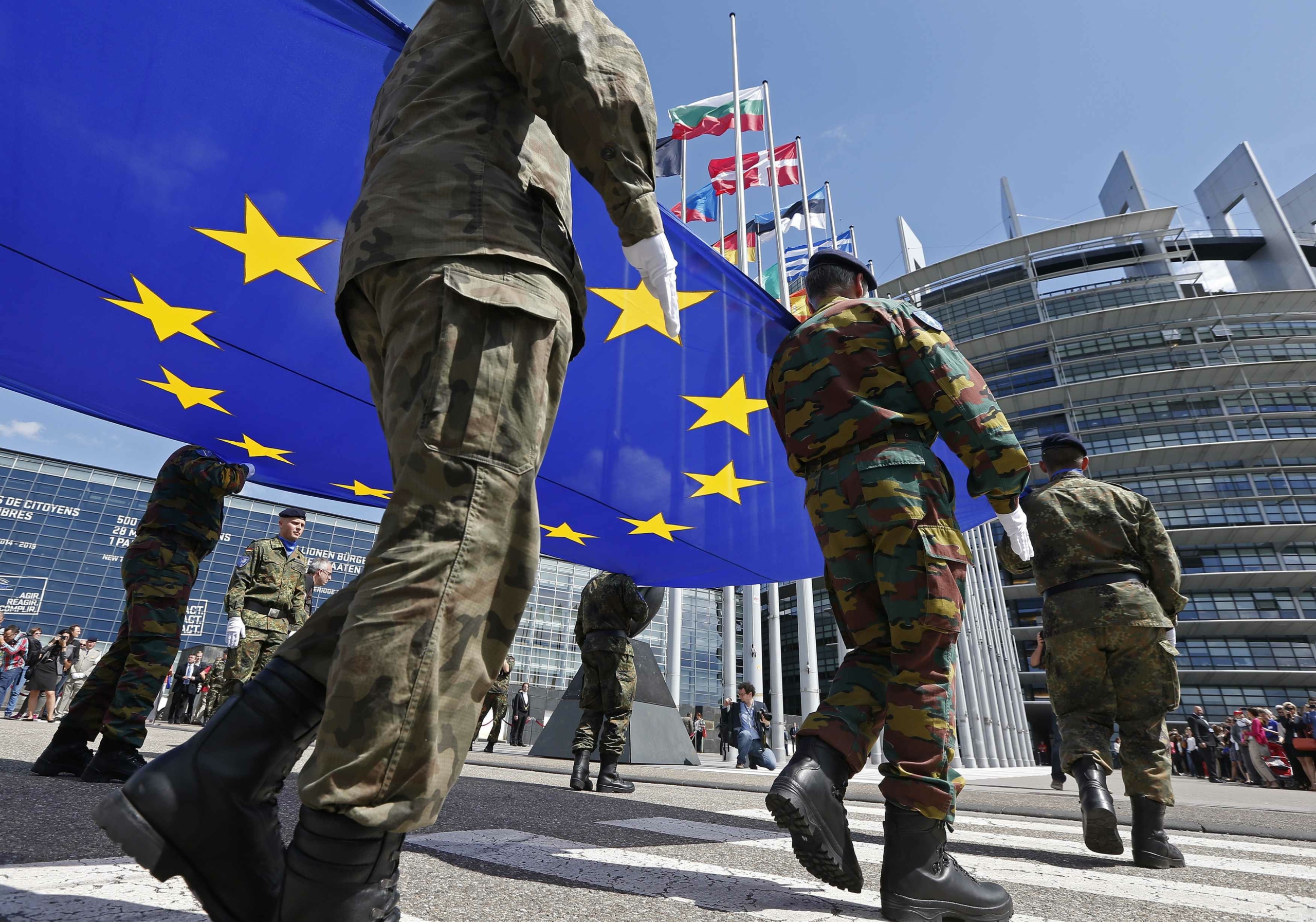US-China Trade Talks: Key Progress in Geneva Negotiations
After two days of high-level negotiations in Geneva, the United States and China have announced significant advancements in their trade discussions, aiming to address the longstanding trade deficit and ease tensions. This article explores the outcomes of the talks and their implications for both economies.
Progress Amidst Tensions
U.S. Treasury Secretary Scott Bessent and U.S. Trade Representative Jaime Sria led the American delegation in talks with a Chinese team headed by Vice Premier Heang. Following the discussions, Bessent highlighted the “substantial progress” made, asserting that the gulf between the two sides was not as wide as previously believed. This sentiment was echoed by Sria, who emphasized the constructive nature of the meetings.
Chinese Vice Premier Hilifang also reported a productive atmosphere, describing the negotiations as candid and in-depth. Both parties have agreed to establish a new consultation mechanism to address trade and economic issues, marking a significant step towards ongoing dialogue.
A New Era of Dialogue
The newly agreed consultation mechanism aims to identify key representatives from both sides, ensuring that future discussions on trade and economic concerns are streamlined and effective. This collaboration could pave the way for more structured negotiations and ultimately lead to a more stable trading environment.
The forthcoming joint statement, expected to be released shortly, will detail the agreements made during the meeting, reflecting a commitment to resolving trade issues collaboratively.
Historical Context and Future Implications
This meeting marks the first direct interaction between senior U.S. and Chinese economic officials since the onset of heightened trade tensions initiated by the Trump administration. The previous tariffs imposed on Chinese goods, including a staggering 20% tariff on certain imports, have significantly impacted trade dynamics, causing nearly $600 billion in two-way trade to stagnate.
As both countries navigate their complex economic relationship, the outcomes of these talks could signal a shift towards a more cooperative approach, potentially alleviating fears of an ongoing trade war. The focus on establishing a dialogue forum and mechanisms for future consultations suggests an intention to prioritize communication and collaboration over confrontation.
Conclusion
As the world's two largest economies strive to mend their trade relationship, the developments from the recent Geneva negotiations provide a hopeful outlook for future interactions. The establishment of a consultation mechanism and the commitment to further dialogue indicate a readiness to tackle the challenges that lie ahead. Both nations must now build on this momentum to create a more balanced and mutually beneficial economic partnership.
Stay tuned for updates as this story develops, and for more insights into global trade dynamics.
What's Your Reaction?
















